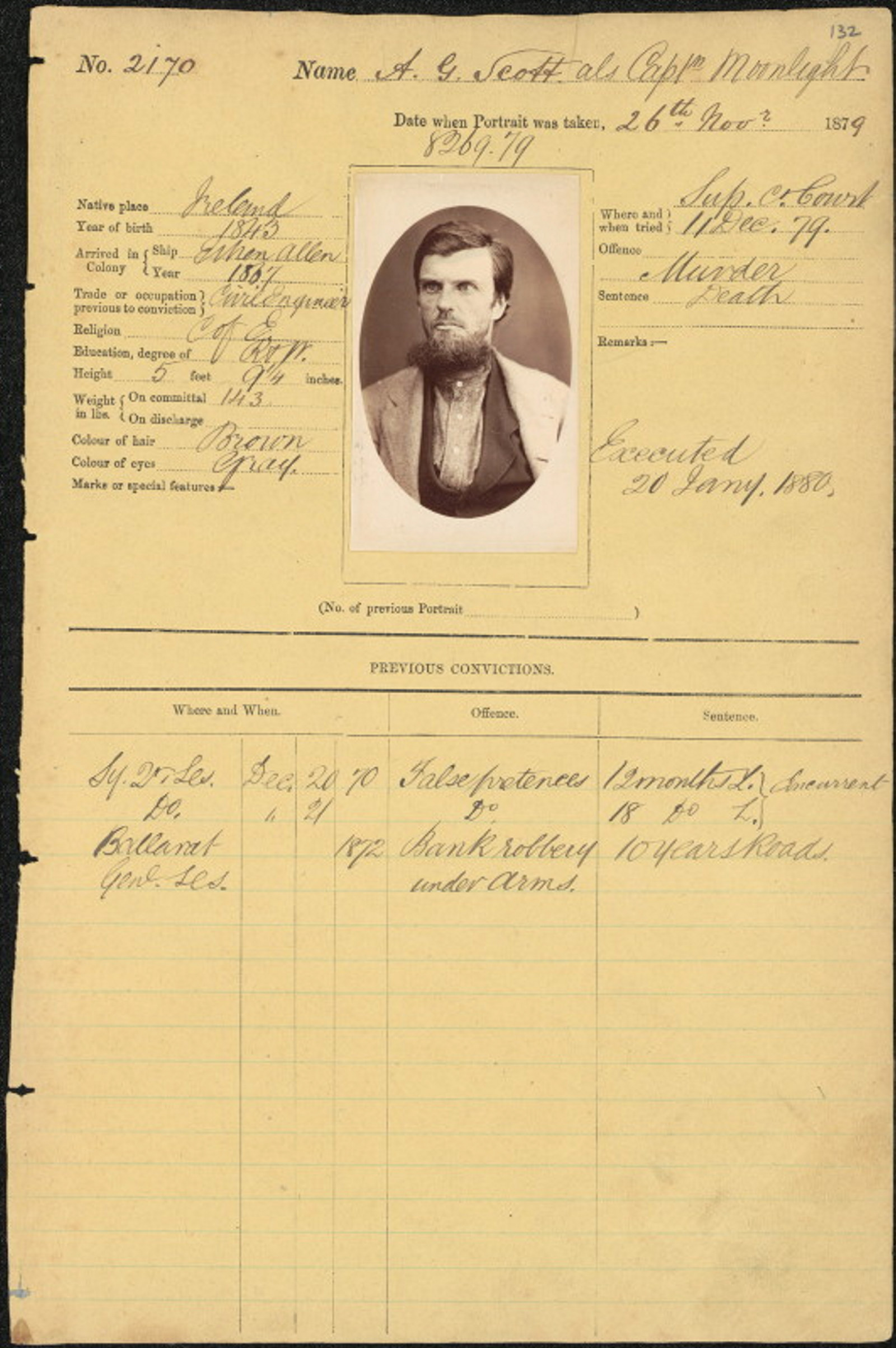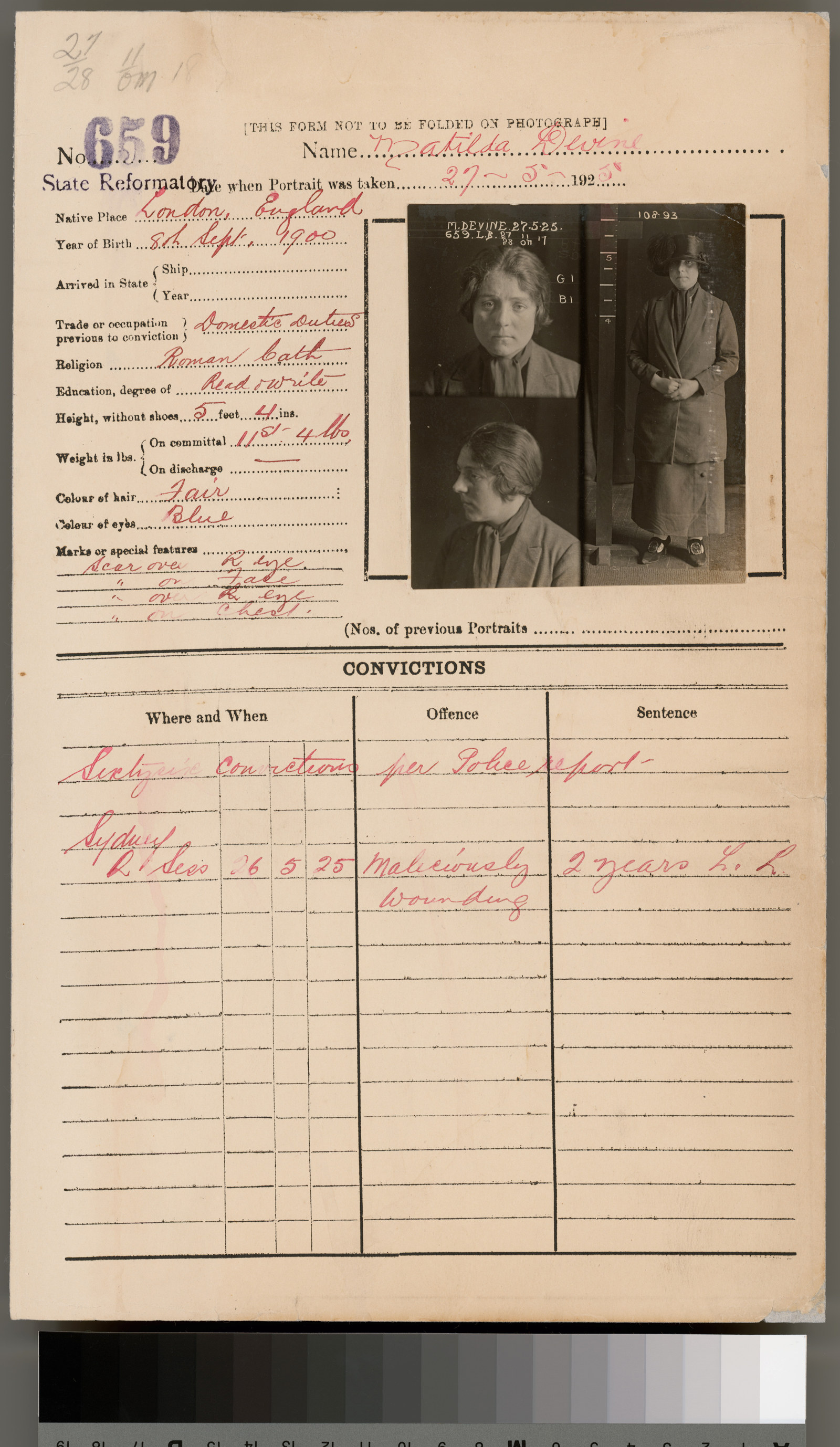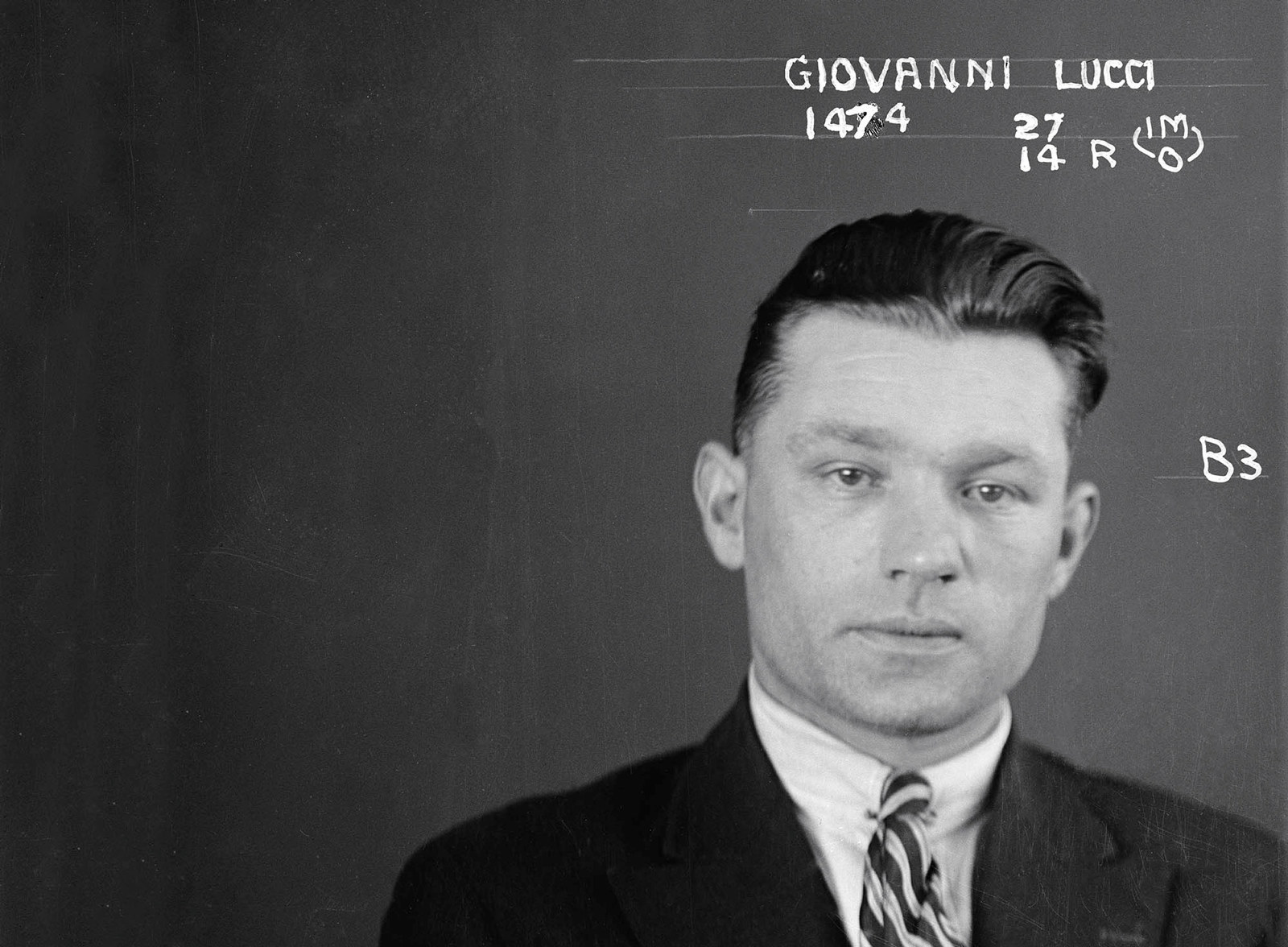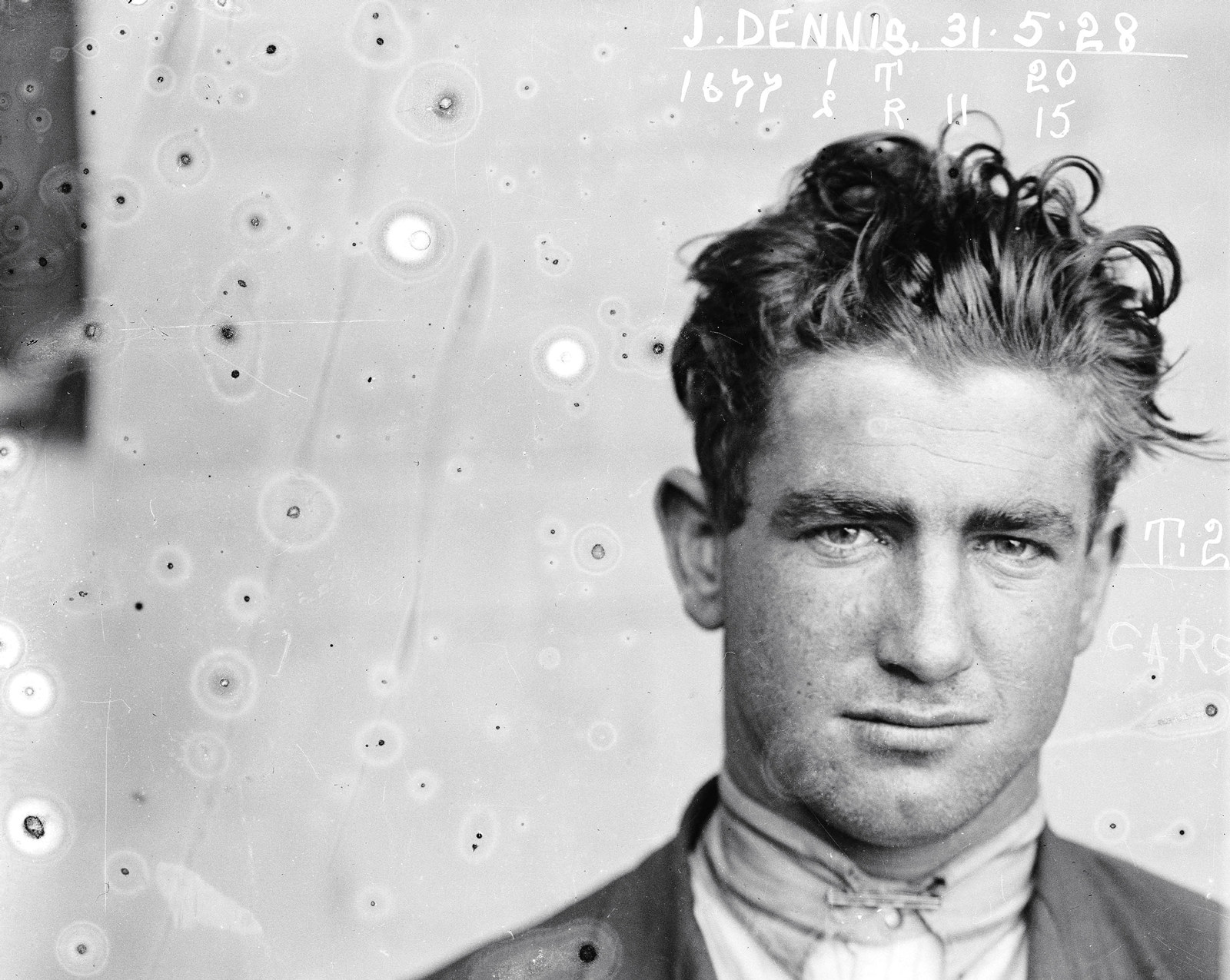Margaret Greenwood: a life of crime
The photographing of prisoners was introduced into New South Wales gaols in 1871. This 1875 record contains a rare and revealing photograph of a former Imperial convict, a prisoner again in her old age.
Margaret Greenwood was originally transported as Margaret Shannahan on the Caroline from Cork in 1833, under a sentence of seven years for house robbery. Her occupation was listed as housemaid, and she was aged 17 at the time of her trial. She was assigned as a domestic servant, gave birth to a daughter in 1837, and three years later married the child’s father (William Greenwood ), a ‘greatly respected’ citizen of the Araluen district.
However, by the 1870s her life was falling apart. Her husband had died tragically in a carting accident, and she seems to have been abandoned by her eight surviving adult children. Margaret became derelict and embarked on a life of petty crime (being tried and convicted on 12 different occasions for a variety of offences).
As the gaol record notes, she was killed in a tram accident on 18 May 1887.
Darlinghurst Gaol Photograph description book, entry for Margaret Greenwood, (formerly an imperial convict), 1875. NRS 2138 [3/6040, no. 1219]
Search gaol photos

Gaol inmates & prisoners photos index 1870-1930
Search over 52,000 mugshots from NSW prisons. Alongside the photos are details such as name, aliases, native place, year of birth, details of arrival in the colony, occupation, physical description, marks or special features, where and when tried, offence, and sentence
Published on

Gaol inmates & prisoners guide
Find out what types of prison records are available and how to access them

Convicts & convict administration guide
A unique collection of records, created by both the British Government and the Colonial administration, dating from 1788 to 1842

Underworld
Gangs
The lure of easy money from the illicit alcohol, drug and gambling trades encouraged the formation of new crime gangs

Underworld
NSW Police ‘Specials’
People in the Specials photographs were yet to have their day in court. The lack of signs that the person was in custody, such as handcuffs, meant the images could be shown to a witness during a criminal investigation without prejudicing the person against the suspect